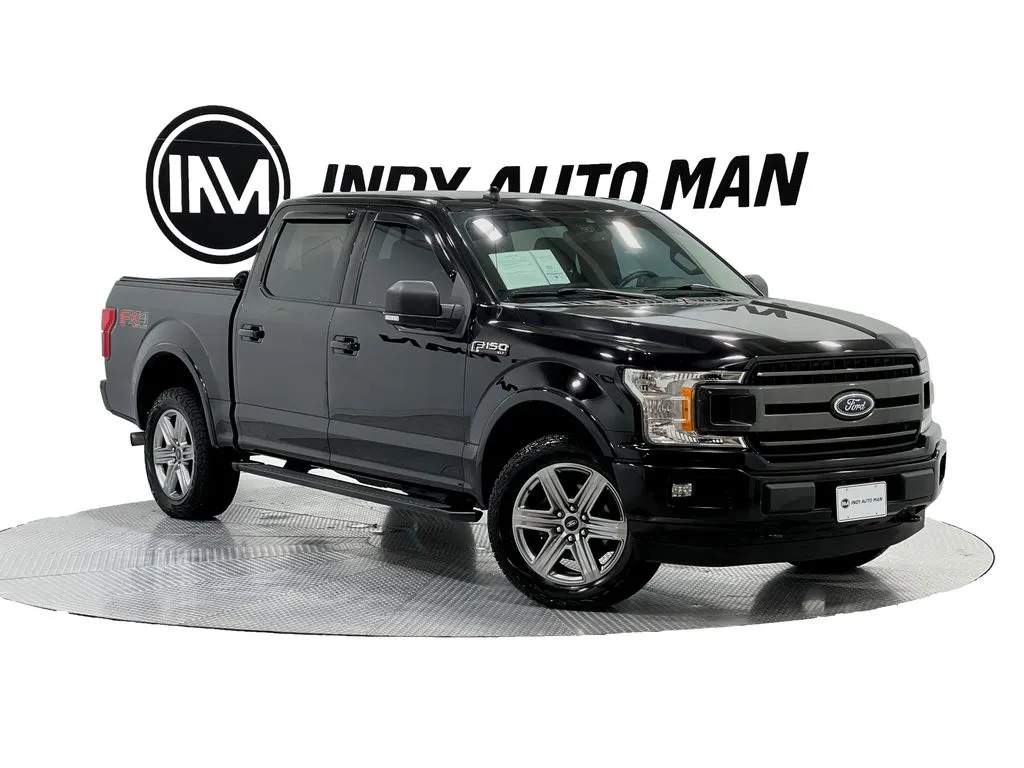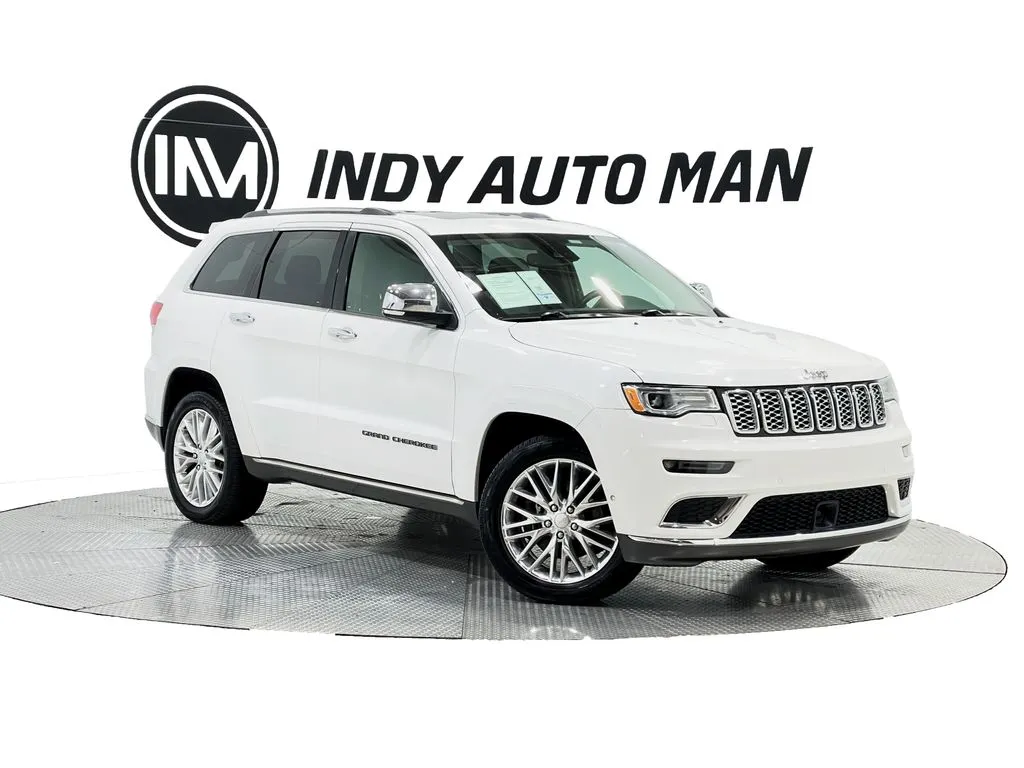How to Get the Original Window Sticker for a Used Vehicle

A window sticker, or Monroney sticker, is a requirement of federal law for any new vehicle.
But when it comes to a used car, SUV, or truck, an original window sticker is a rare thing. Fortunately, as inform the Indy Auto Man auto sales experts, there are still ways to receive one for almost any vehicle.
Step 1. Get your vehicle identification number (VIN).
VIN is a 17-digit number that the automotive industry uses to identify vehicles. The VIN is easy to find on your car ownership documents, driver's side dashboard, or on the front of the engine block.
Step 2. Get the original window sticker online.
Many automakers offer online resources enabling you to access vehicle window stickers. While primarily intended for new cars, you can also utilize these tools for used vehicles.
Below, you will find various URLs. Simply append the complete VIN of the desired vehicle to the end of the link corresponding to your brand to order a window sticker. These links are suitable for models of the 2013 year of manufacture and newer.
- Chrysler https://www.chrysler.com/hostd/windowsticker/getWindowStickerPdf.do?vin=
- RAM https://www.ramtrucks.com/hostd/windowsticker/getWindowStickerPdf.do?vin=
- Dodge https://www.dodge.com/hostd/windowsticker/getWindowStickerPdf.do?vin=
- Jeep https://www.jeep.com/hostd/windowsticker/getWindowStickerPdf.do?vin=
- Fiat https://www.fiatusa.com/hostd/windowsticker/getWindowStickerPdf.do?vin=
For Toyota and Lexus, you should enter your VIN in the dialog box:
- Toyota https://www.toyota.com/owners/my-vehicle/vehicle-specification
- Lexus https://drivers.lexus.com/lexusdrivers/resources/vehicle-specs
Or contact your local authorized dealer.
If you didn’t find your car brand on this list, you may request a window sticker from the manufacturer. Provide the personnel with the VIN. If necessary, include make, model, and year. Depending on when you purchased your vehicle, the dealership will print a copy of the window sticker or order one from the vehicle manufacturer.
Tips
- VIN may be shorter on cars built before 1981, if you have issues with your VIN, contact the dealership or manufacturer.
- A dealer may charge a fee for ordering or reprinting a window sticker.
What is the Monroney sticker?
After WWII, the automotive industry experienced the “car boom,” and there was no control over the car pricing at dealerships. That was until 1958, when Senator Almer Stillwell Monroney introduced a law prescribing dealerships to put a sticker on every vehicle from any manufacturer with a suggested retail price and a list of technical features. It became commonly known as the Monroney sticker and was a significant advance in the way cars were sold. It was the first regulation protecting customers in the auto industry. Early window stickers contained only dealer information and optional equipment installed on cars. In 1962, automakers began using Monroney stickers as sales tools, listing standard vehicle items and features.
Today, this sticker is a standard requirement for all new cars sold in the United States and contains essential information:

- Model and engine specs. Information on the engine and transmission, exterior and interior colors, model year, and trim.
- Standard equipment. Features and equipment that come with the vehicle as part of the base trim.
- Warranty details. Info about the coverage provided by the manufacturer for different components of the vehicle.
- Manufacturer-added options. Details about the factory-installed options available for the vehicle. Some manufacturers offer these options as packages, while others allow you to select features. Understanding the optional equipment is handy in determining your car value.
- Pricing. Base price along with a breakdown of additional fees and options. May also include the destination charge and any gas-guzzler tax.
- Parts content. The car's manufacturing location (including the percentage of parts from different countries). For further details on this topic, consumers can refer to the NHTSA website for breakdowns of domestic and foreign content in models from 2007.
- Total price. While this price is a reference point for negotiations, it does not necessarily represent the final purchase price.
- Fuel economy. EPA-endorsed fuel mileage data. This information allows for easy comparison of MPG ratings between different vehicles. The combined MPG number is typically highlighted as the most crucial figure.
- QR code. By scanning this QR code, you can personalize driving statistics to receive tailored fuel economy information on the mobile EPA website.
- Crash test ratings. The NHTSA safety test results. If your vehicle has not been tested by the NHTSA, this section remains blank. You may visit the IIHS website for relevant data.
What Doesn’t a Window Sticker Tell You?
The window sticker most accurately describes the car when it's new. So, if a dealer or owner installed something in the car, the sticker is unlikely to show these new features and any aftermarket parts.
Likewise, the sticker will not reflect anything about the current condition or accidents. For details, it is always worth looking at the CARFAX and getting a professional inspection done.
Finally, while the sticker may show that this Audi had an original MSRP of $65,340, the car was likely sold for slightly less (negotiations and discounts).
Anyway, it's nice to have the sticker to be aware of the initial car characteristics and demo transparency when you sell your car.










